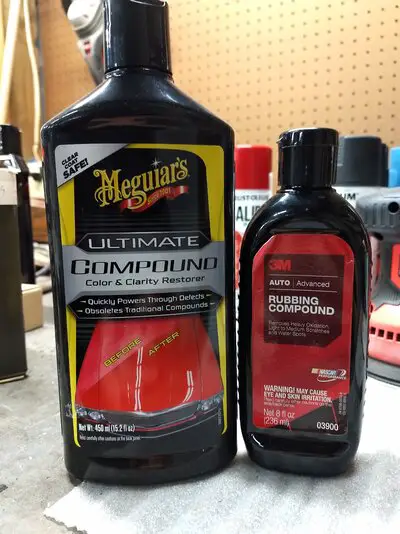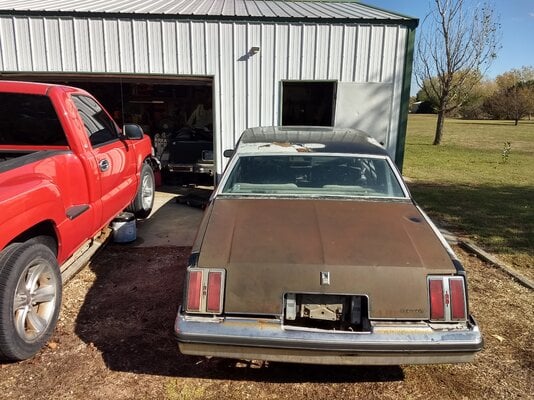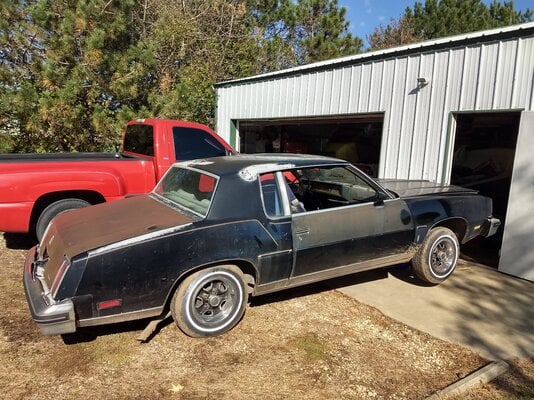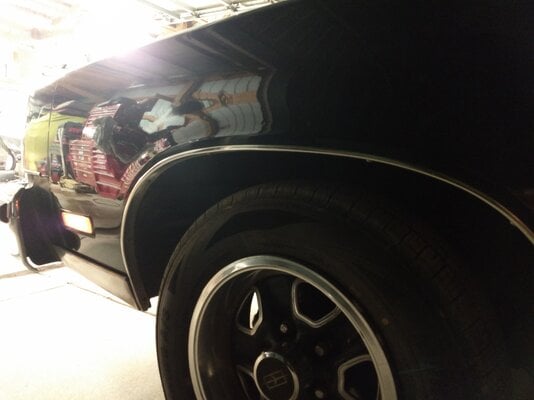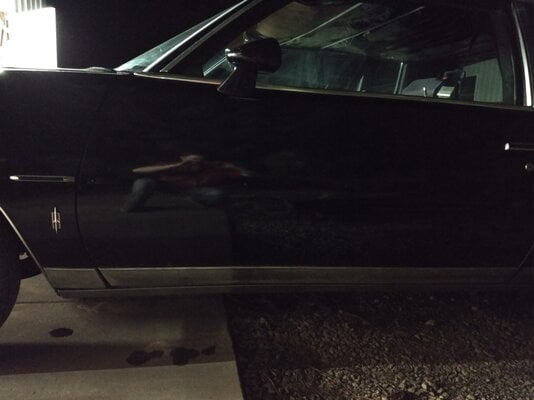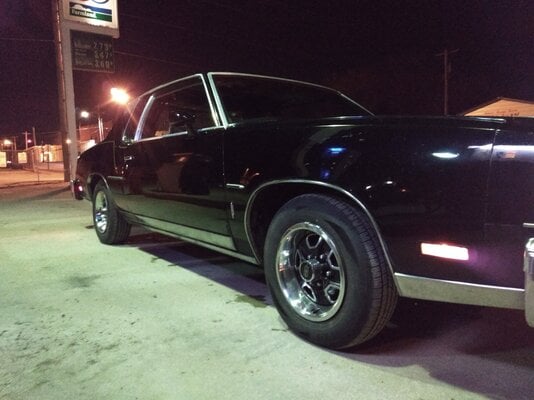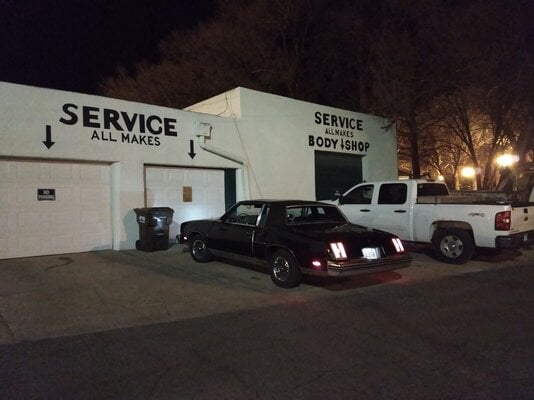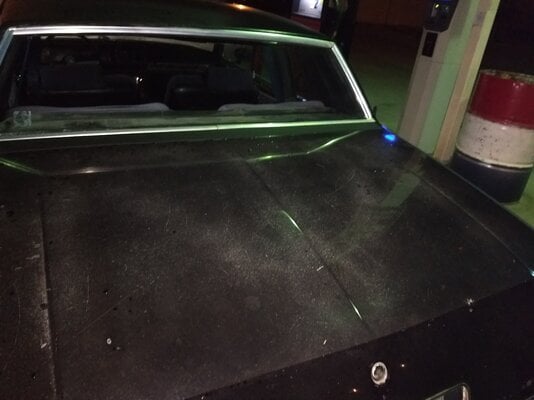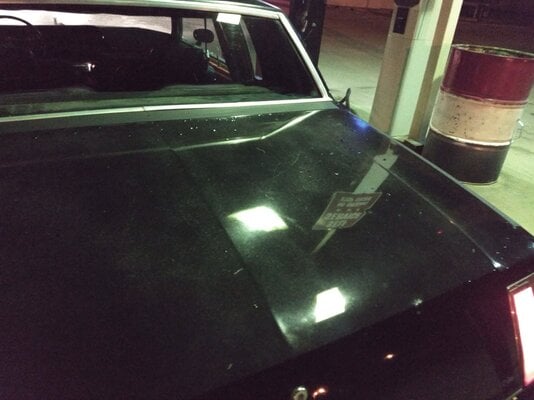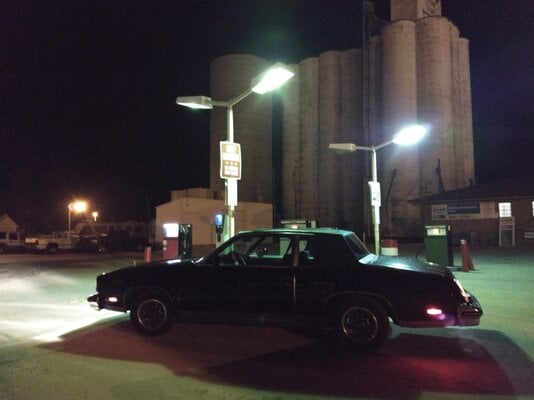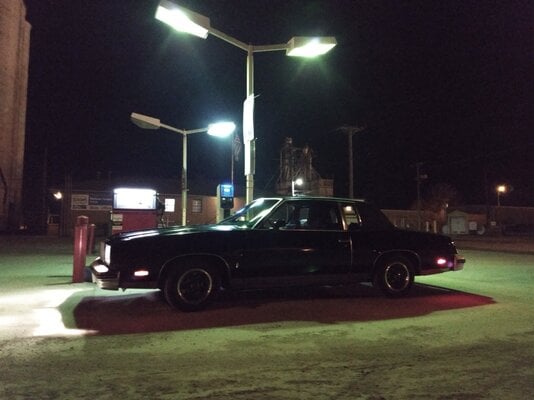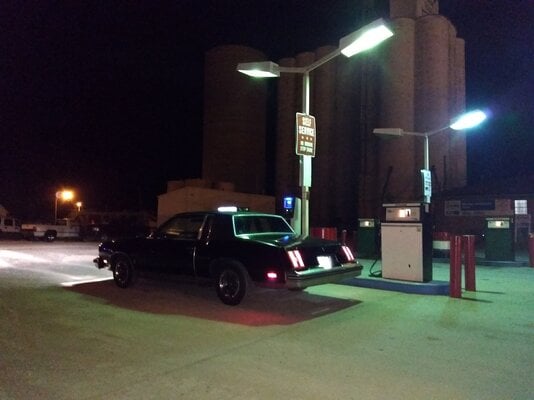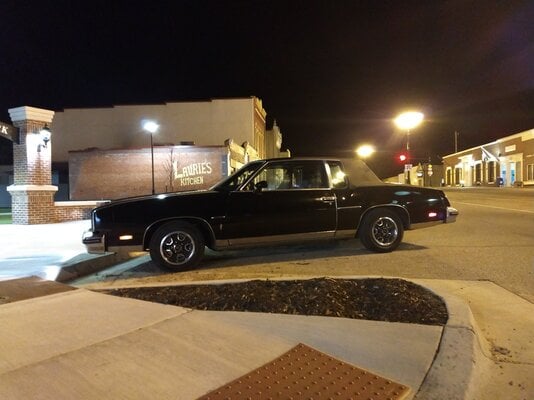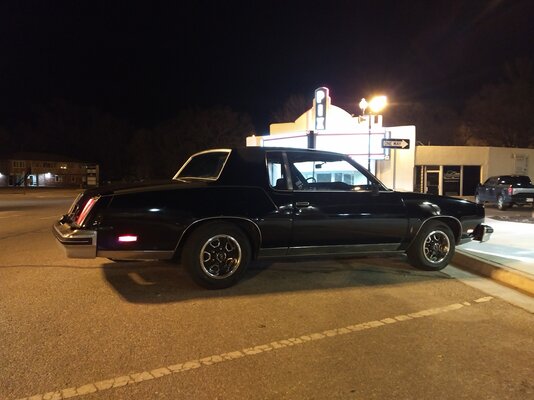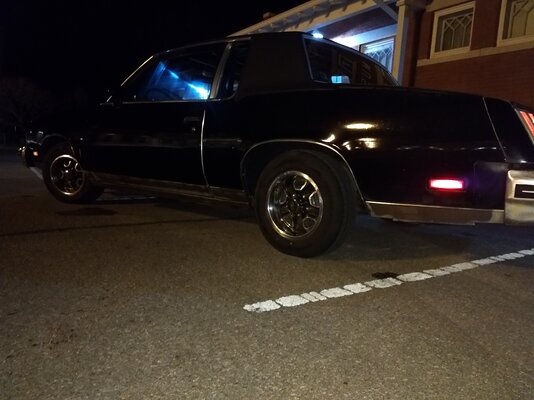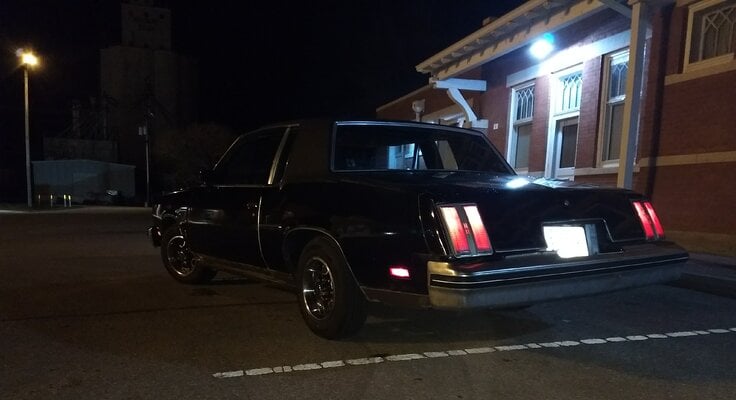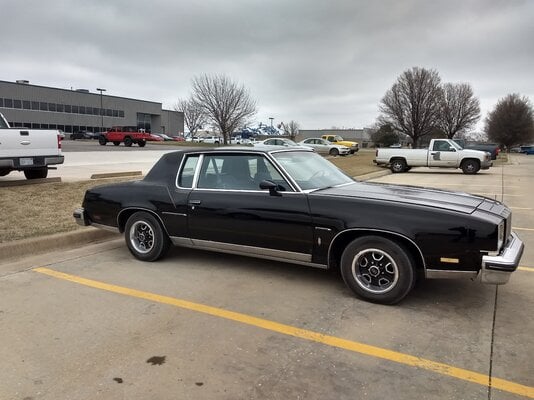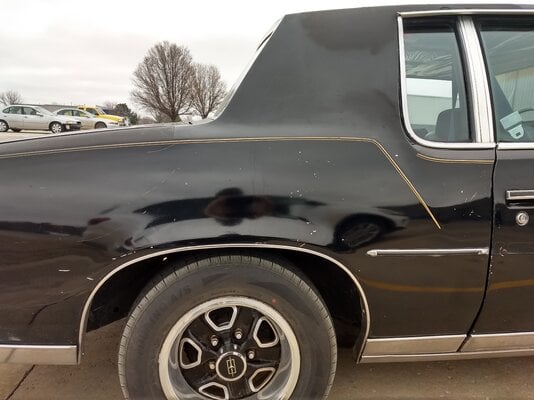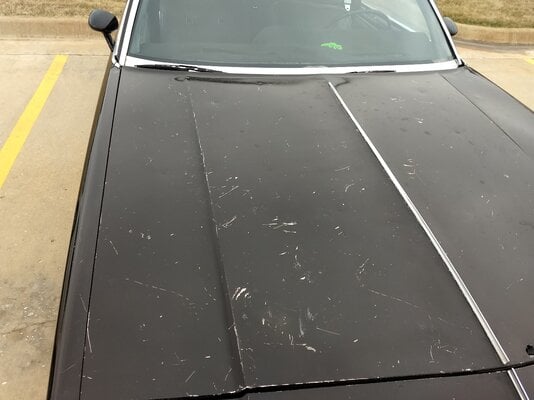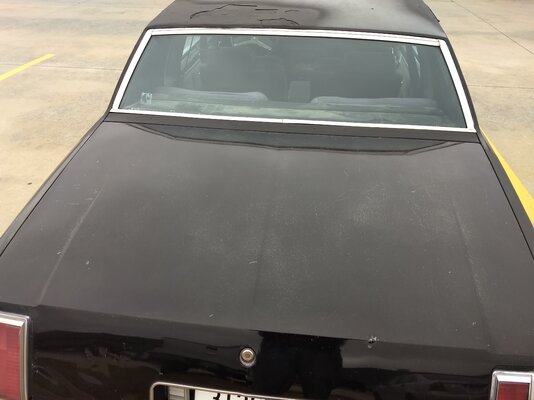Alright guys I'm a day late but I brought pictures so I hope you'll forgive me, and the good ones are towards the end of this long post which I've split in half due to size. I didn't take many while working because I didn't really see it as being necessary. Time underneath the car has been extremely limited and I haven't done anything exciting under there anyway. I did change the oil and filter again to remove the 15W40/ trans fluid combo that I initially poured in, and Gina now has good ol' 10W30 coursing through her veins. I also opted to treat her to some products that offer up the zinc and other protection these old engines desperately need, and try to keep some on hand.
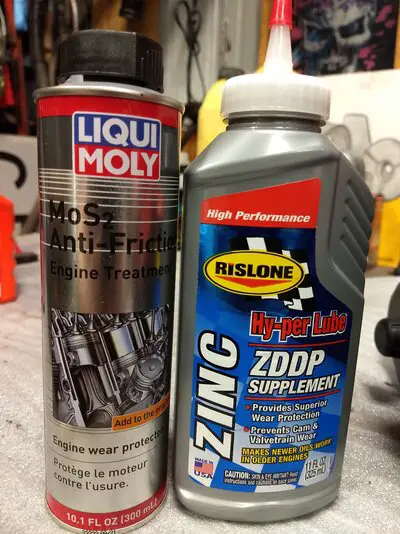
I flushed the power steering system while I was under there, and greased all the fittings again just for fun. When I purchased the car I removed what I could via suction, leaving the old fluid still inside the gearbox. At the time I topped it off with an entire bottle of Lucas P.S. fluid and called it a day. Even though the new mixture was an improvement I now wanted that gone since it looked horrible and definitely had water in it, and I again refilled it with Lucas P.S. fluid.
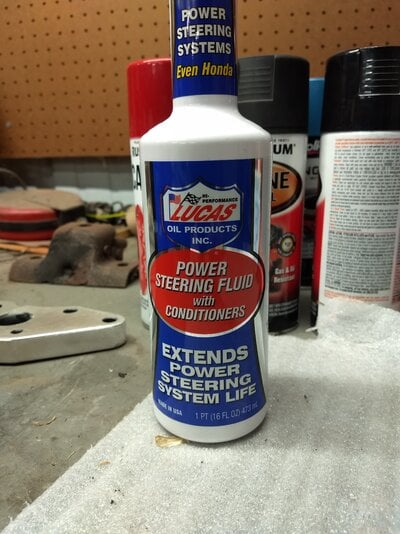
When it came time to get greasy, my weapon of choice was a semi-automatic mini Carbyne. The ammo? Lucas Red 'N' Tacky.
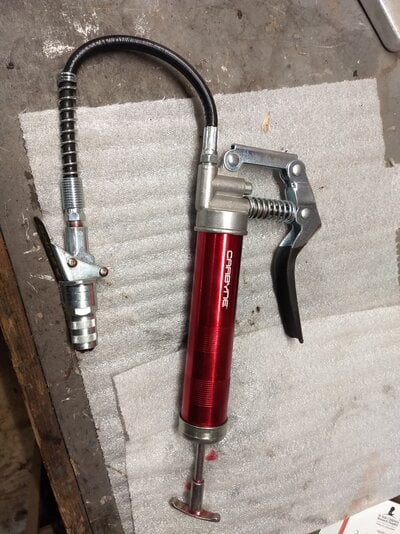
Winter began and I replaced the spark plugs and wires but still had to show the distributor some love. I got to that in early December, and that love came in the way of a new cap and rotor to turn this
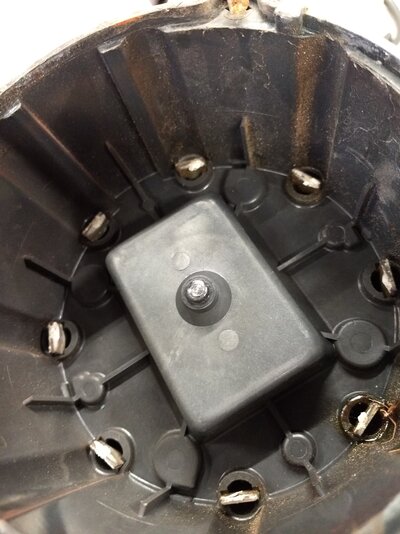
into this.
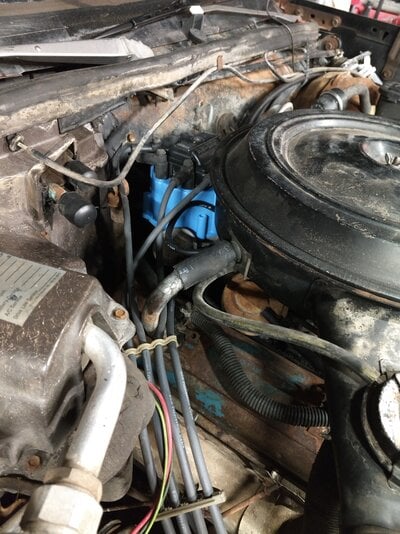
Here's a shot of my old rubber washer and rotor bug with a new one next to it to show how much was missing. The rubber was actually melted and my coil showed signs of extreme heat, most likely due to this little guy arcing like crazy.
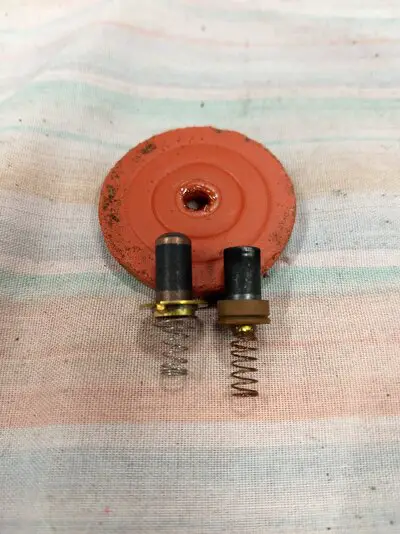
I also took this opportunity to clean the inside of the distributor housing, lube the advance mechanism, and re-grease the ignition module. Gentle cleaning was all that was required to remove the small amount of dirt and corrosion inside, and spray lubricant containing Teflon was carefully shot only where needed. Using the correct grease on the module is paramount to it having a long lifespan, and the wrong stuff can kill it in no time flat. The correct stuff is thermal grease, and I get mine at Radio Shack. Yep, we've still got one. The wrong stuff is silicone dielectric grease and here's why: the ignition module generates a fair amount of heat and needs to dissipate it into the distributor housing quickly. Thermal grease facilitates that whereas dielectric grease is a thermal barrier. I learned that the hard way at age 16 after killing an aftermarket unit by using "spark plug boot grease" because I was told it was correct for the application. It is not.
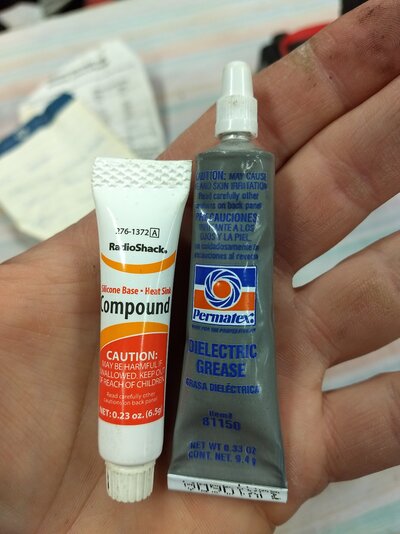
Does anyone remember when I used oxalic acid to clean some rusty El Camino cargo hooks? I did the same thing to a set of center caps that I bought as backups, and here they are prior to letting them soak.
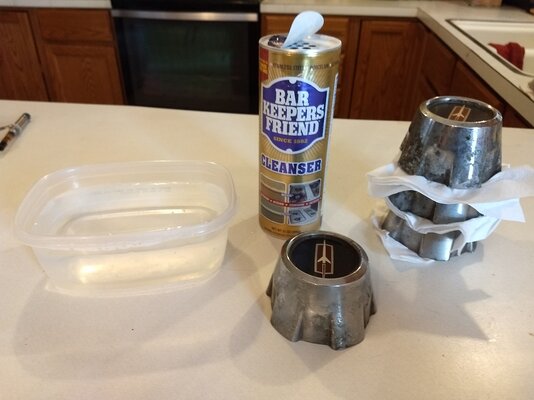
I intend to have 2 slightly different sets of wheels and tires so I can change them out at will.
Here's a side by side comparison of before/ after.
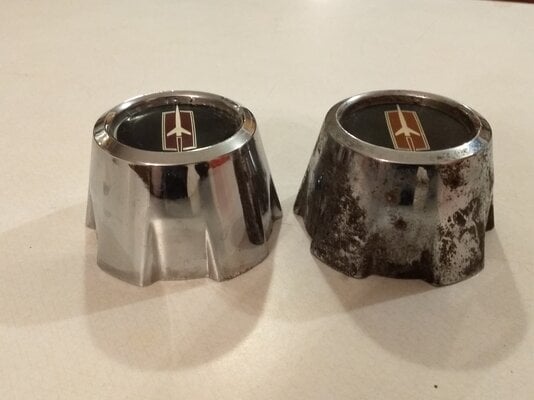
I gave the same treatment to a full set of the correct caps for my '78. Here are 2 of them in all their glory.
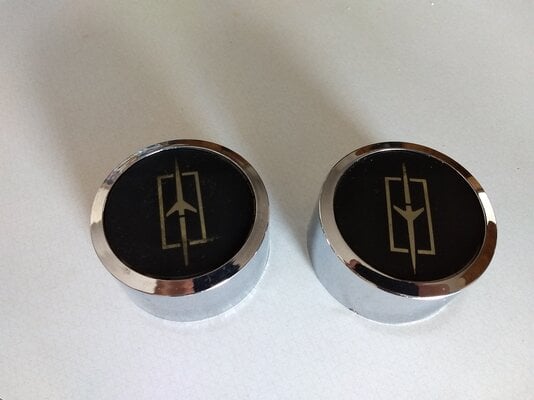
While I had the stuff handy I decided to see what it could do to a spare coolant overflow tank I intend to install in my El Camino. Here's what I started with:
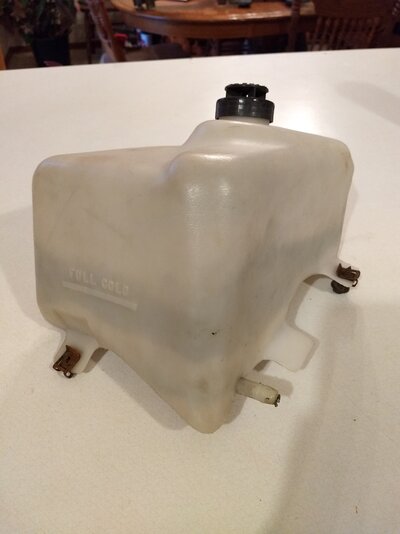
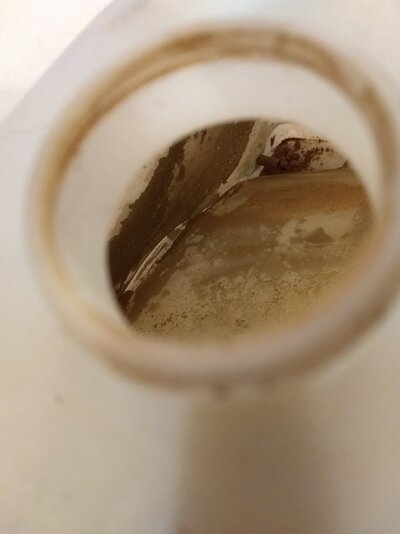
And here's the result of it being completely submerged overnight.
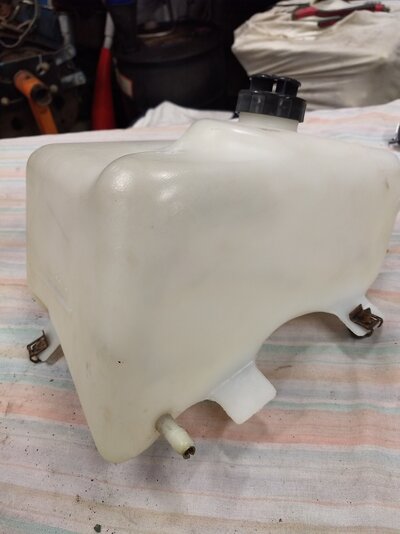
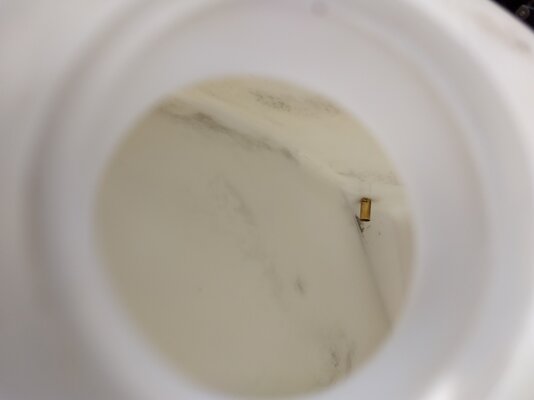
I think I'll do the same to the one that currently resides on my fender.
This is where Paul Harvey would say "Page two"...
















